The fish described here is endemic to Lake Malawi and found in the southern part of the lake, specifically from Thumbi Island West to Zambo and along the Nankumba Peninsula and Nkhata Bay. This species prefers rocky areas that are often covered in sediment and algae, and it has adapted well to this type of environment.
Quick Facts:
- Origin: Lake Malawi, southern part of the lake (from Thumbi Island West to Zambo, Nankumba Peninsula, and Nkhata Bay).
- Maximum Size: 10 inches (25 cm)
- Aquarium Size: Minimum 48″ x 18″ x 15″ (120 cm x 45 cm x 37.5 cm) – 200 liters.
- Water Conditions:
- Temperature: 75-82°F (24-28°C)
- pH: 7.6-8.8
- Hardness: 10-25°H
- Diet: Accepts live, frozen, and dried foods; ensure a vegetable matter inclusion like spirulina flakes.
- Behavior: Peaceful but can be aggressive toward conspecifics (same species), particularly males. Best kept with other larger Malawi cichlids, avoiding boisterous species or very small fish.
- Sexual Dimorphism: Males tend to be larger and have more extended fins. Dominant males exhibit more intense colors.
- Reproduction: Maternal mouthbrooder; breeding is difficult but possible in a species-specific tank.
Habitat & Tank Setup:
The fish thrives in rocky environments similar to its natural Lake Malawi habitat. To replicate these conditions in an aquarium:
- Substrate: Sand or fine gravel
- Decoration: Rock piles forming caves and hiding places, with open swimming areas between rocks
- Tank Size: At least a 48″ x 18″ x 15″ tank (200 liters) to accommodate the fish comfortably.
- Water Parameters: Maintain a temperature range of 75-82°F (24-28°C), a pH of 7.6-8.8, and a hardness of 10-25°H.
Diet:
The fish is an omnivore and will accept a variety of live, frozen, and dried foods. It is important to provide some vegetable matter as part of its diet, particularly in the form of spirulina flakes. Offering a well-balanced diet helps ensure good health and vibrant coloration.
Behavior and Compatibility:
- Temperament: This species is relatively peaceful and works well in a community of larger Malawi cichlids. However, it can exhibit some conspecific aggression, especially between males, so it’s important to only keep one male unless the tank is very large.
- Tankmates: Best housed with other larger Malawi cichlids, avoiding boisterous species like Mbuna or very small fish that might be intimidated by the fish’s size.
- Social Behavior: In nature, these fish are solitary, but in aquariums, they can be kept in small groups with several females per male.
Sexual Dimorphism:
- Males: Typically larger than females and possess longer dorsal, anal, and pelvic fins. They also develop more intense colors as they mature.
- Females: Generally more subdued in color and slightly smaller. Both males and females can have “dummy eggs” on their ventral fins, a characteristic seen in many cichlid species.
Reproduction:
- Mouthbrooding: This species is a maternal mouthbrooder. The female carries the fertilized eggs in her mouth for 3 weeks before releasing free-swimming fry.
- Spawning Behavior:
- The male will choose a spawning site, often a flat rock or a depression in the substrate, and will display intense colors to attract a female.
- The female will lay her eggs at the spawning site, and the male fertilizes them before the female picks them up in her mouth for incubation.
- During this period, the female does not eat and may have a visibly distended mouth.
- Fry: The fry are quite large at about 1-1.5 cm and can be fed brine shrimp nauplii and crushed flake food from the moment they are released.
- Breeding Conditions: It’s best to spawn these fish in a species tank to reduce stress and ensure optimal conditions. When the female is moved to a separate tank, care must be taken not to stress her too much, as she may spit out the brood.
Interesting Notes:
- Lip Development: Wild-caught specimens of this fish have massive lips, which they use to scrape algae and invertebrates from rock surfaces. The size of their lips is correlated with the turbidity of the water in their habitat—fish in more turbid waters have larger lips to scrape algae more effectively.
- In the aquarium, these lips typically recede or are less pronounced, particularly in tank-bred specimens that don’t require them for feeding.
Conclusion:
This species is a fascinating addition to a well-maintained Malawi cichlid tank, offering both beautiful coloration and an intriguing set of characteristics, such as its unique lips. Its relatively peaceful nature and breeding habits make it a rewarding species for hobbyists who are looking to care for a larger cichlid in a community setting. However, care must be taken when housing them with other species, and attention should be given to the specific water and habitat conditions required for optimal health and breeding success.
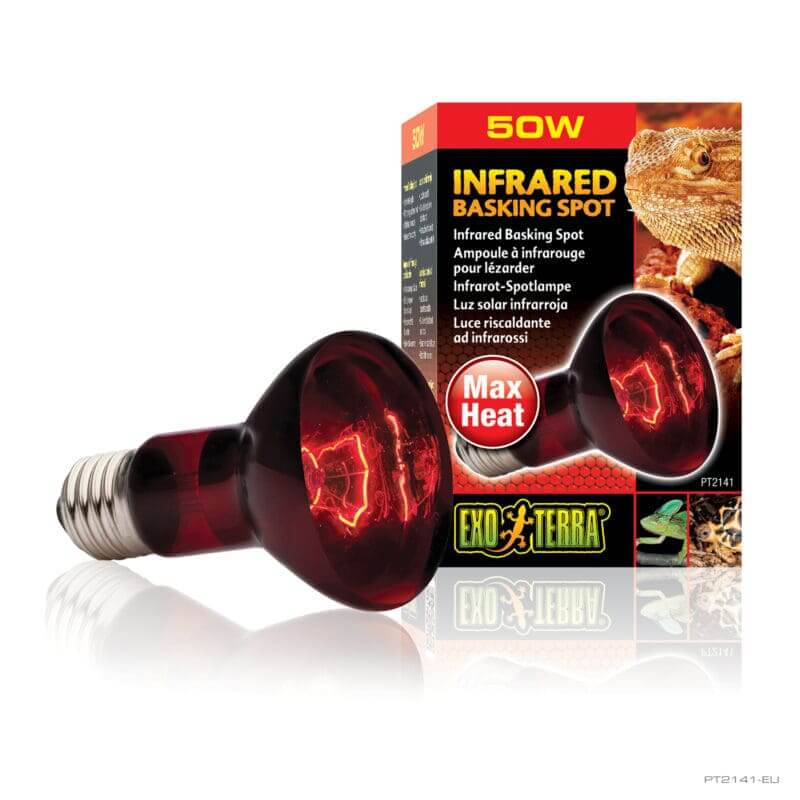
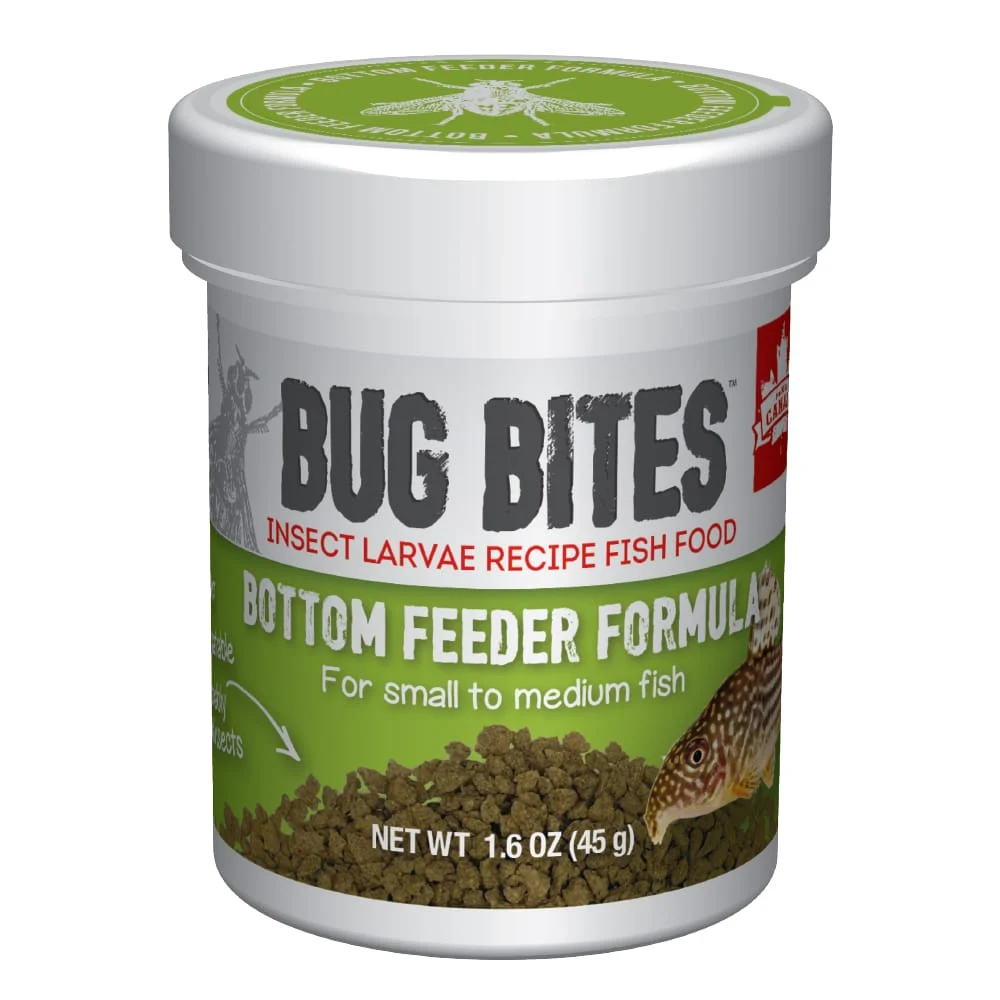


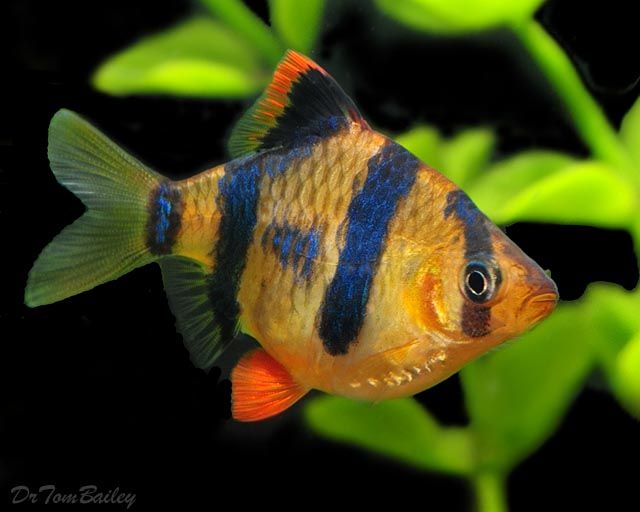
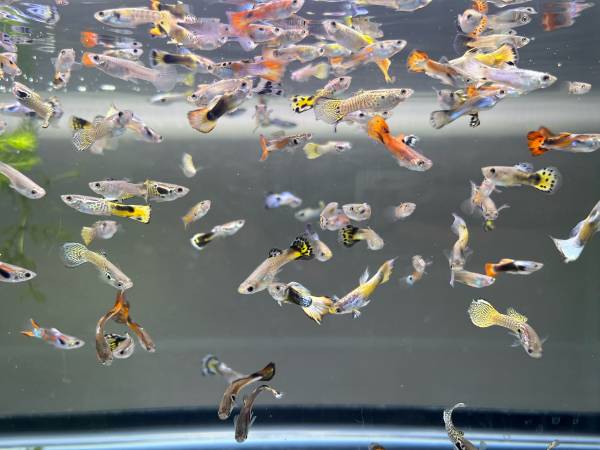
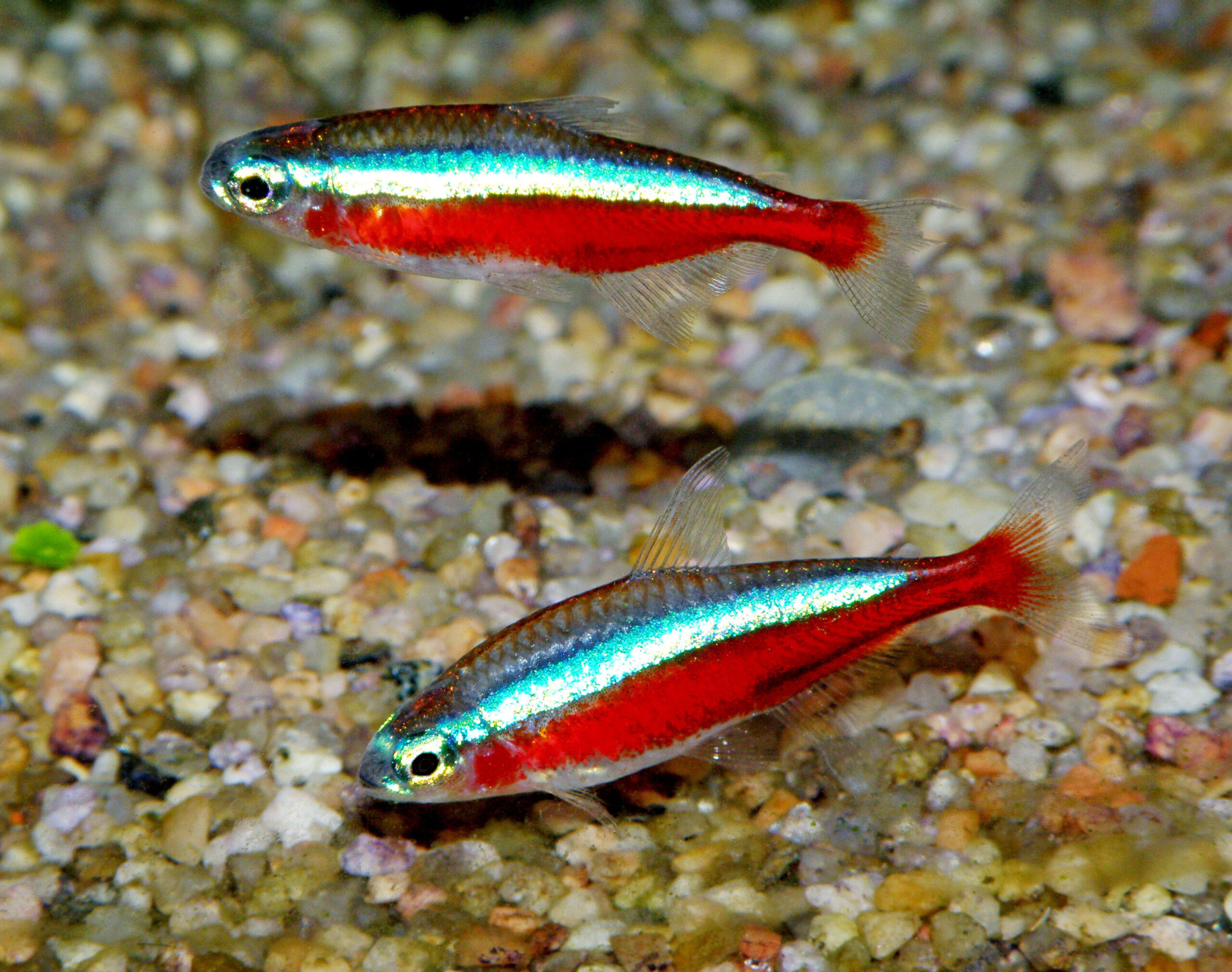
Reviews
There are no reviews yet.